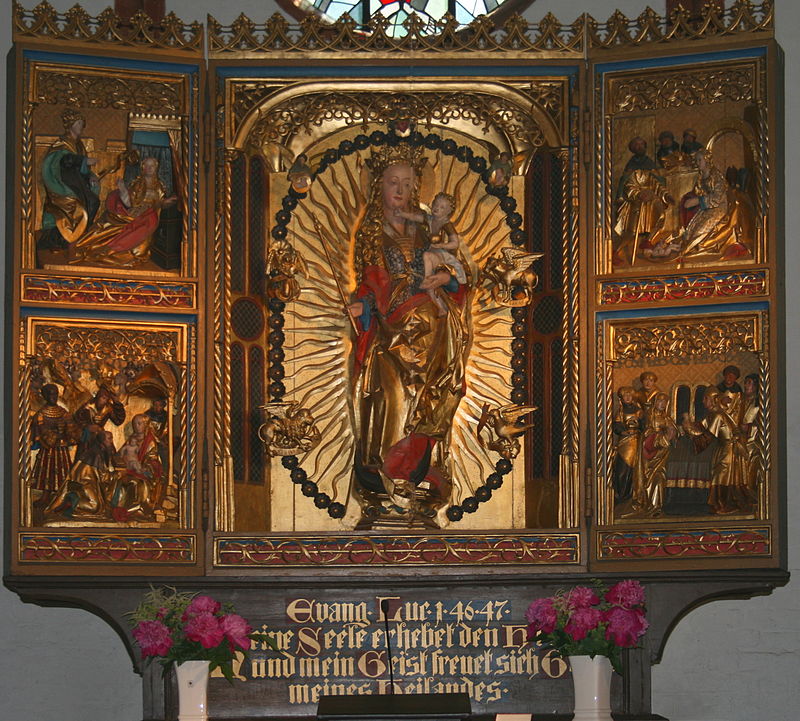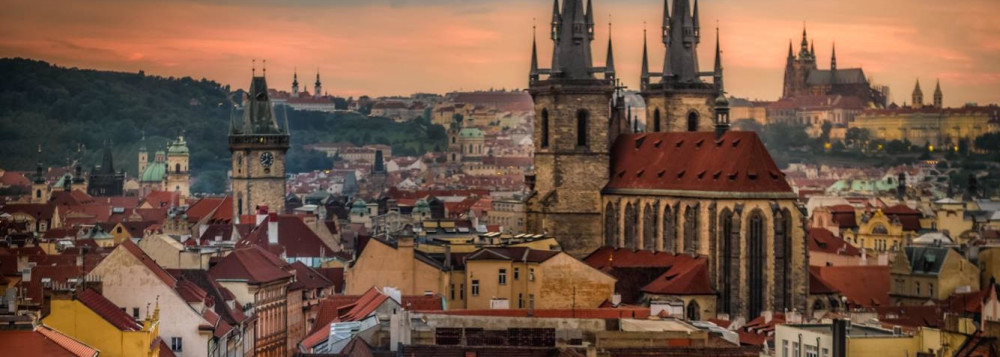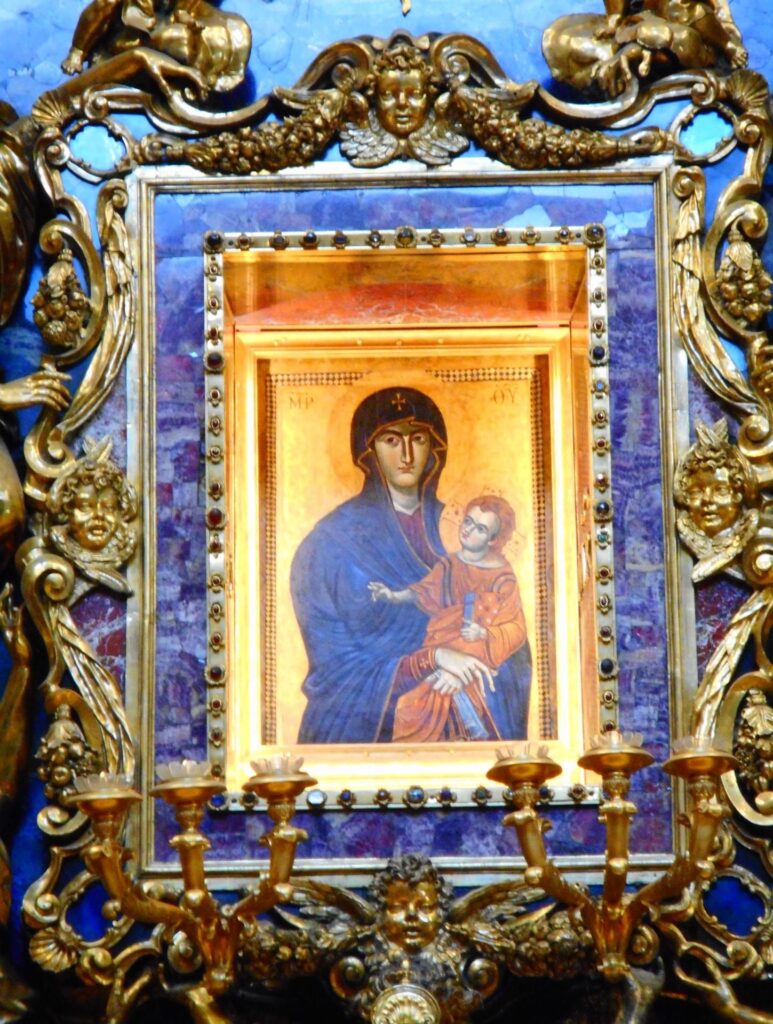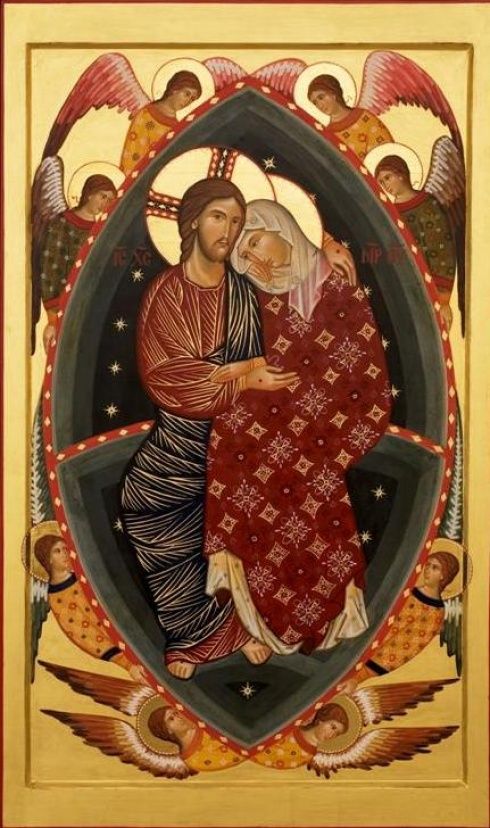
“He will strike at your head, while you strike at his heel.” Scripture scholars over the years have debated regarding the word “he.” Should it be translated he or she or even they? In other words, the he is generally understood to refer to the Messiah but can also be understood to refer to Mary and to the descendants of Mary, as well; i.e., Christ and the Church.
“Arise, come my love, my beautiful one, my dove” (Song of Songs 2:13-14).
“The bride hears this command,” St. Gregory of Nyssa explains, “and she is empowered by the word; she arises, advances, comes close, becomes beautiful, is called a dove. Now, how can you see a beautiful image in a mirror unless something beautiful has come near the mirror? So it is with the mirror of human nature: it cannot become beautiful until it draws near to the Beautiful and is transformed by the divine Beauty.”
The bride in the Song of Songs becomes beautiful because she comes close to the bridegroom, who is Beauty itself. Or, she has embraced the Beauty which has come close to her. The movement is twofold: bride and groom approach each other and the groom proclaims his desire for his beautiful bride, who becomes beautiful because she is close to him.
But this beauty is not a static presence. The bride becomes more beautiful the closer she is to the groom and the longer she remains there but if she were to pull away, her beauty would fade just as the reflection in the mirror fades if what is reflected is taken away. Her beauty is constantly growing or shriveling, intense and intensifying or fading and faded.
Many of us have heard the quote from Dostoevsky’s book The Idiot that “beauty will save the world”…. But we do need to read the whole conversation in the book to get the fuller picture, for this statement is soon followed by the question, “But what is beauty?” just as Pilate asked, “What is truth?”
St. Gregory tells us, “When our human nature lay fallen upon the earth, it looked towards the serpent and reflected it. But now our nature has arisen and looks toward the Beautiful, turning its back on sin and reflecting the Beauty which it faces. For now it looks at that archetypal Beauty… turning towards the light, it has been made into the image of light and within this light it has taken on the lovely form of the dove–I mean the Dove that symbolizes the presence of the Holy Spirit.”
Human nature has turned its back on the serpent and now reflects the divine Beauty, radiant and filled with light. The bride, now the beautiful one because of of the Beauty she reflects, is also the place where the Dove can be found.


